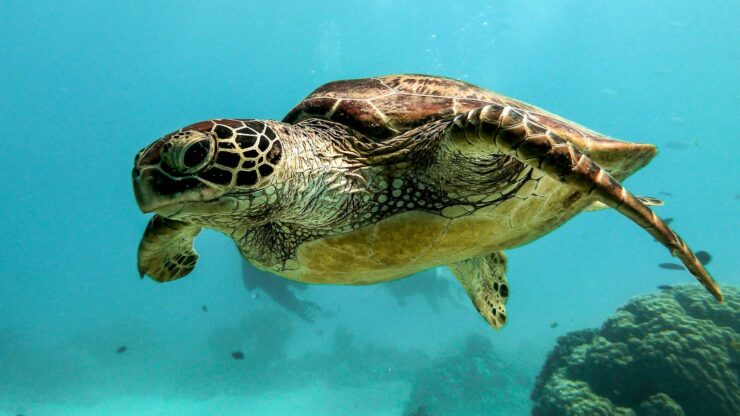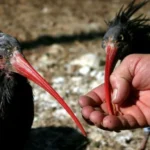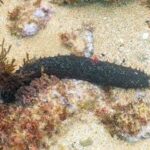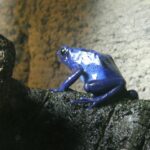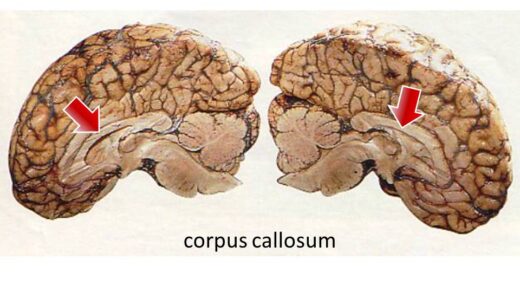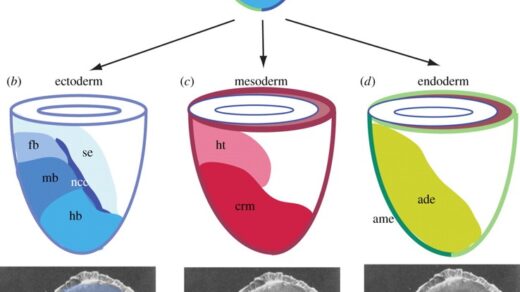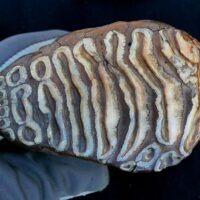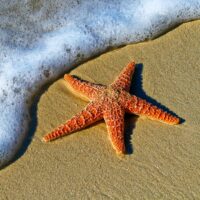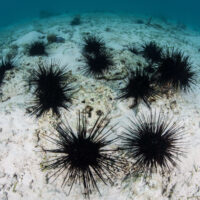The sea turtle’s life is a life journey that brings countless tests and transformations. Through centuries, these ancient reptiles have had trials to face in their survival quest. From the moment they emerged as little hatchlings to their return into the same beach where they hatched, battles await sea turtles as they carry out their respective series of tests to shape their existence.
Sea Turtle Nesting
A sea turtle starts life as an egg buried in a nest on some warm, tropical, or subtropical beach around the globe. Later, at a mature stage, hatchlings use an embryonic tooth named a caruncle to crack their shells, initiating this incredible survival journey.
When the hatchlings finally emerge from the nest, they automatically crawl out on sand, looking for a way out to the open surface. When they finally come onto the coast, they are faced with a stark decision: swim out into the ocean or stay along the shore open to the world. That first swim is critical-thrusting them into an underwater world of both beauty and danger.
The Lost Years
Sea turtle early life is generally characterized as a “lost years.” After hatching, the juveniles swim only a short distance before losing site of the land as they drift into the open ocean. Their subsequent movements are less known. Most species migrate to the Sargasso Sea-which is rich in floating seaweed-where they feed and grow in relatively safer conditions.
This vagabond period can last until ten years are over. Scientists are trying to trace the movement of these juvenile turtles, but it is considered that their life experience early may lead to survival as adult individuals.
Back to the Coast
Adult turtles reach a size of about a dinner plate; at this size, these turtles actually move their pelagic life in the open ocean back to coastal waters, where they continue to feed and grow. These adults are robust and mobile with very well-developed foraging capabilities, which help them cover long distances while in search of food.
Adults reproduce
Sexual maturity occurs between the ages of 10 to 50, depending upon species. A nesting female would return to the same beach where she was born to lay her eggs after long distances, sometimes even tens of miles. Such solitary behavior is important for the continuation of the species because females nest many times every breeding season, which occurs every 2 to 4 years.
Longevity and Threats
The lifespan of a sea turtle in the wild ranges about up to a hundred years. However, this long life has been turned into something being severely threatened. Some of the human activities challenging these creatures include habitat destruction, pollution, poaching, and the impact of global climate change.
The life cycle of a sea turtle is actually a testimony to how strong and beautiful nature can be. Understanding their journey from hatchlings to adulthood reminds a person not only of their incredible adaptability but also how urgently these magnificent creatures need to be protected as well as their habitats.
Threats to Sea Turtles and Conservation Efforts
Sea turtles have numerous threats to their survival.
- Destruction of habitats: Coastal development and pollution and beach erosion reduce nesting habitats, which impact their sea turtle reproductive successes.
- Pollution: Marine debris, especially plastics, is an important threat because they get cannibalized or entangled in them.
- Poaching: Illicit hunting of their eggs, meat, and shells is still very prevalent throughout different parts of the world.
- Climate Change: Rising sea levels and changes in temperature may affect the available nesting sites and sex ratio of hatchlings as temperature determines the gender of the hatchling.
Conservation
There are many conservation programs aimed at saving sea turtles:
Protected Areas: The establishment of marine protected areas safeguards key nesting and foraging grounds.
Legislation: It is also critical to enforce laws against poaching and habitat destruction for saving sea turtles.
Public Education: Information about the threats and conservation is educated to the public.
Scientific studies: Surveys that are carried out on continued bases track down the turtle populations as well as their basic behaviors, leading towards effective conservation techniques.
Protective measures of old mariners
Old mariners have always respected sea turtles and have their own ways of protection:
Sustainable Practices: Most of the coastal communities have conserved fishing practices that do not contribute to bycatch and habitat damage.
Respect to Cultures: Traditional ecological knowledge applies respect to sea turtles and their habitats, cultivating a culture of conservation.
In short, the life cycle of sea turtles is no more than a natural phenomenon, but it also becomes a call to action for humans to protect such incredible creatures and their environments. Together with efforts from scientists, conservationists, and local communities, future generations will surely witness the wonderful journey of these precious sea turtles: from hatchlings to adults.

